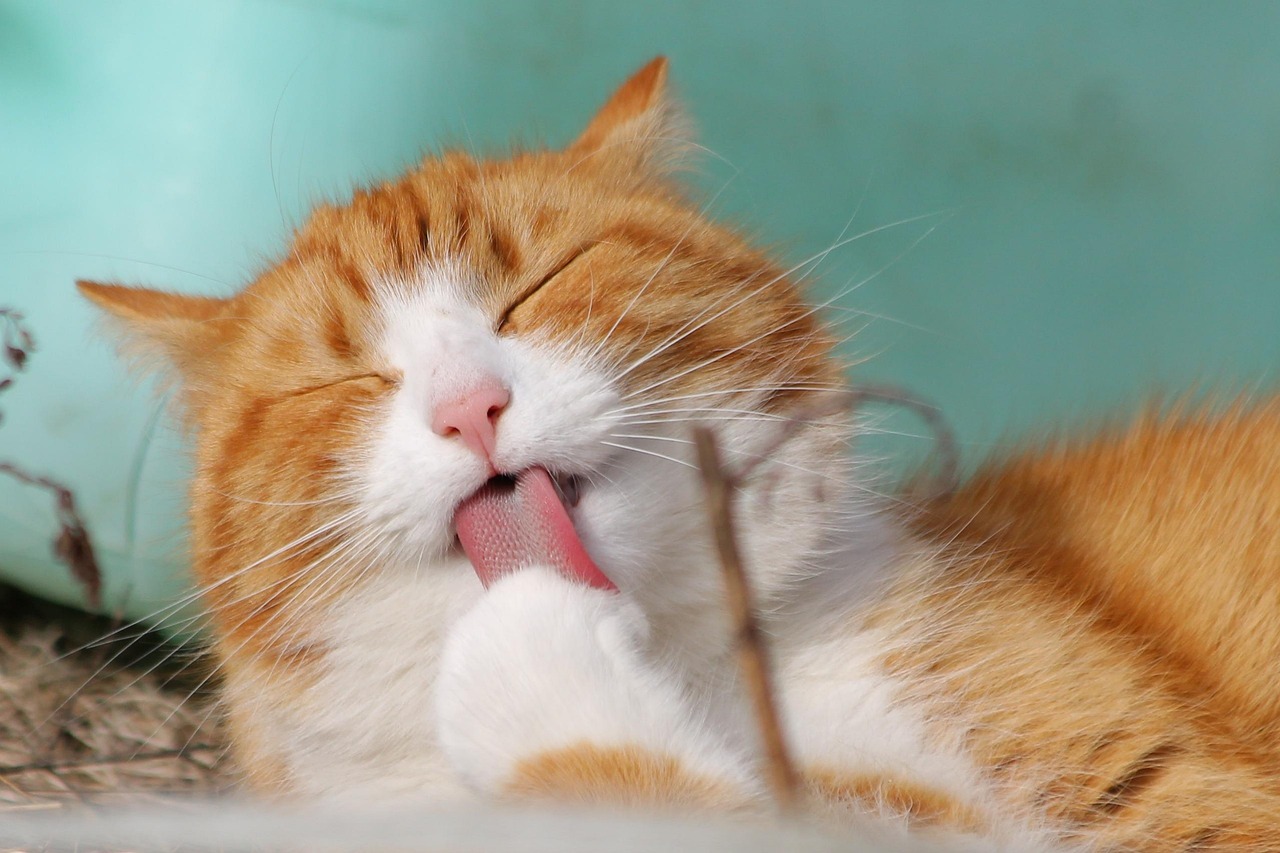
In Dubai, air conditioning is more than comfort – it is survival. With summer temperatures often climbing above 45°C, both humans and pets rely on cool indoor spaces to stay safe.
For cats, however, air conditioning can be a double-edged sword. On one hand, it prevents overheating and heatstroke; on the other, it can cause colds, dry skin, or even eye irritation if not used carefully.
Most cats in Dubai live indoors, which means they are exposed to AC almost every day. As a cat owner, it is important to understand how to balance cool air with your pet’s health and comfort.
How AC Affects Cats
Cats are generally adaptable and will seek out places that feel comfortable to them. Still, constant exposure to cold, dry air can cause problems:
- Eye irritation: Cold air blowing directly on your cat may cause watery or red eyes. Sensitive cats may also develop mild conjunctivitis.
- Dry skin and dandruff: Low humidity caused by AC can dry out your cat’s skin. This can lead to itchiness, flaky fur, or increased grooming.
- Respiratory problems: Cats that sleep under a vent may develop cold-like symptoms such as sneezing, nasal discharge, or coughing. While not dangerous in most cases, it lowers your cat’s overall comfort and immune defenses.
- Temperature stress: Moving between very cold indoor air and extreme outdoor heat (for example, from an AC room to a balcony in July) forces your cat’s body to adapt quickly, which can weaken its immune system.
Best Practices for Using AC with Cats
To keep your cat comfortable, you don’t have to turn off the air conditioning – you just need to use it wisely:
- Avoid direct airflow: Position your cat’s bed away from AC vents. Cats may enjoy lying under the cool stream at first, but over time it can cause chills or discomfort.
- Keep temperatures moderate: While it’s tempting to set the AC very low, a range of 24–26°C is comfortable for both you and your cat. It prevents overheating without being too cold.
- Maintain healthy humidity: Air conditioning removes moisture from the air. Use a humidifier or simply place bowls of water in different rooms. This also helps with your cat’s skin and breathing.
- Offer cozy alternatives: Give your cat the choice between cool tiles and soft, warm beds. Cats are experts at self-regulating, and they will naturally pick the spot that feels right.
- Regular AC maintenance: Clean or replace filters often. Dusty filters can trigger allergies in cats and people, and dirty air makes breathing harder.
Extra Tips for Cats in Dubai Homes
- Monitor behavior: If your cat sneezes more often, avoids its usual resting spots, or hides in warmer corners of the house, the AC may be too strong.
- Balance AC and ventilation: Fresh air in the early morning or late evening helps balance the indoor climate and avoids stuffiness. Just make sure windows or balconies are secured with cat-proof nets.
- Safe balconies: Many Dubai apartments have balconies, which get extremely hot. If your cat spends time there, make sure it has shaded areas, fresh water, and never stays outside during midday heat.
- Consider AC placement: If possible, adjust vents so that air circulates without blowing directly on your cat’s favorite places.
Signs Your Cat Is Uncomfortable with AC
Every cat is different, and their comfort level will vary. Look out for these signs that your cat is not happy with the air conditioning:
- Frequent sneezing or watery eyes
- Curling tightly into a ball, seeking warmth
- Avoiding rooms with strong AC airflow
- Itchy skin, dandruff, or excessive grooming
- General lethargy or restlessness
If you notice these symptoms, adjust the AC settings, close vents near your cat’s bed, or provide warmer spots until your pet feels comfortable again.
Conclusion
Air conditioning is an essential part of life in Dubai, but it needs to be managed carefully for your cat’s health. By setting moderate temperatures, avoiding direct cold drafts, maintaining humidity, and watching your cat’s behavior, you can keep your pet both cool and comfortable. AC should make life easier for your cat, not harder. With a few adjustments, you’ll create a safe, healthy home environment where your cat can relax, play, and enjoy the summer without stress.

